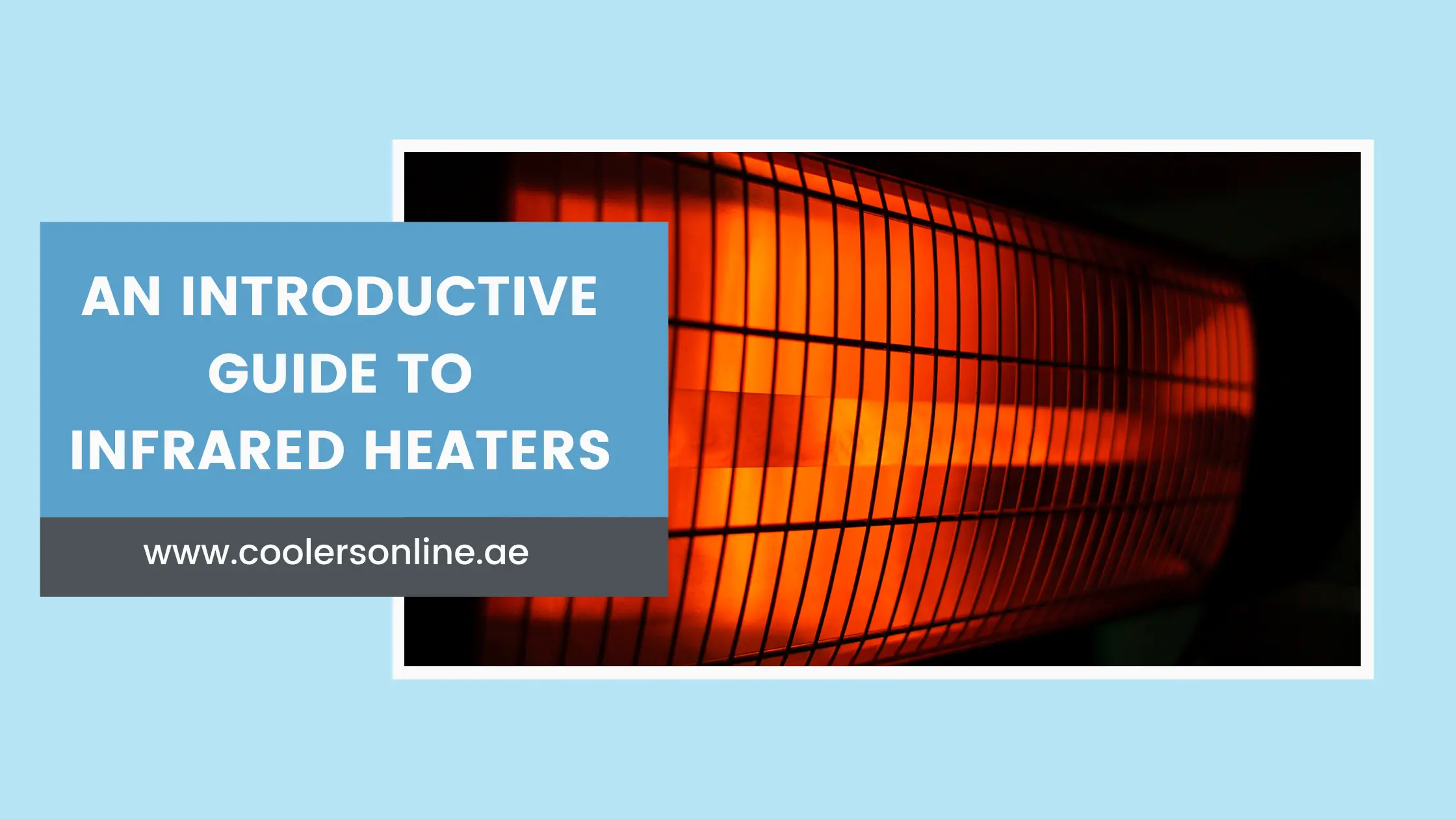Infrared heaters are electric heaters that use infrared radiation to generate heat. These heaters can be used for various purposes, including home heating, industrial heating, and cooking. While infrared heaters have been around for quite some time, they have only recently become more popular for home use. It is likely because they are much more efficient and safer than traditional heating methods, such as forced-air furnaces and gas heaters. If you are considering an infrared heater for your home, this guide will introduce you to how these heaters work and their exceptional benefits over traditional heating systems.
Infrared Heaters to Beat the Winter Blues
Infrared heaters are trending with their exceptional range of benefits, from efficiency, safety, and environmentally friendly nature to their artistic shapes. Infrared heaters generate infrared rays to beat the winter’s cool and make the home warm & cozy. Let’s walk through the infrared heaters’ pros and cons to get a broader view of how they work if you’re considering getting infrared heaters this winter for indoor or outdoor spaces.
Pros of Infrared Heaters
There are many infrared heaters in the market, each with particular pros and cons. Here, we’ll take a look at some of the pros of infrared heaters to help you make an informed decision about whether or not one is right for you.
- Higher Efficiency – Infrared heaters are very efficient. They convert almost all of their energy into heat, making them much more efficient than other heating systems. Infrared heaters are known for generating higher heat at lower energy consumption than other heating systems, making them the best choice for everyone.
- Comfy – Infrared heaters are very quiet. Since they don’t have moving parts, they produce very little noise. It makes them ideal for use in bedrooms and other quiet areas of the home.
- Safety – Infrared heaters are very safe. They don’t produce any harmful emissions, so they’re safe to use around children and pets. When it comes to electric infrared heaters, they are much safer than traditional gas heaters.
- Durability – Infrared heaters are very durable. They’re designed to last for many years, so you won’t have to replace them as often as you would other heaters.
- Health Friendly – Infrared heaters emit a warm, comfortable type of heat similar to the heat produced by the sun. It makes them ideal for people who suffer from conditions like arthritis or fibromyalgia, as the warmth can help to relieve pain.
- Environment Friendly – Infrared heaters are very safe. They do not produce harmful emissions, so there is no risk of carbon monoxide poisoning or other environmental or health hazards. Similarly, infrared heaters convert almost all input energy into heat without generating waste, making them an ideal heating system for the environment.
- Minimum Maintenance – Infrared heaters are relatively low maintenance. They do not require regular servicing like other heating systems so you can enjoy years of trouble-free operation
Cons of Infrared Heaters
We can’t use the term drawbacks. However, you might have some issues with Infrared heaters, such as,
- They can be more expensive to purchase than other types of heaters.
- Infrared heaters may be less effective for larger rooms or spaces.
- Some people find the reddish glow of the heater’s infrared light to be bothersome.
How do Infrared heaters work?
Infrared heaters emit infrared radiation, which is absorbed by objects in the room and converted into heat. The heat produced by an infrared heater is similar to the heat produced by the sun and is, therefore, a very efficient and effective way to heat a space.
Infrared radiation is a type of electromagnetic radiation that is invisible to the human eye. It has a longer wavelength than visible light and can penetrate deep into objects, making it ideal for heating.
When infrared radiation hits an object, it causes the molecules in the object to vibrate, which produces heat. This process is called absorption. The amount of heat produced relies on the wavelength of the radiation and the type of material being heated.
Different materials absorb infrared radiation to various degrees. For instance, glass absorbs very little infrared radiation, so it feels cool to touch even when exposed to intense sunlight. On the other hand, metal surfaces absorb more infrared radiation and can become very hot when exposed to intense sunlight or heated with an infrared heater.
The efficiency of an infrared heater depends on how well its radiating surface absorbs infrared radiation. A good quality infrared heater will have a surface coated with a material that efficiently absorbs infrared radiation.
Why should you choose electric infrared heaters over gas heaters?
There are many reasons to choose infrared heaters over gas heaters. Infrared heat is a much more efficient and effective way to heat your home. Gas heaters heat the air around them, which then rises and circulates throughout the room. This process can be inefficient, as much heat is lost through drafts and open windows. On the other hand, infrared heaters work by heating objects and people in the room directly. It makes for a much more efficient heating process with less heat loss. Additionally, infrared heaters warm up much faster than gas heaters so you can enjoy the warmth sooner.
Final Words | An Introductive Guide to Infrared Heaters
Infrared heaters are the modern-day heating solution to beat the winter blues. They are in trend because of their artistic shapes, higher efficiency, safety and many more exceptional benefits over traditional heaters. This blog post has thoroughly discussed the pros and cons of heaters, how they work, and what makes them the best heating solution for indoor and outdoor spaces.
Visit Coolersonline to explore and shop for one of the best-infrared heaters; we will be happy to consult you for an ideal heating solution to beat the winter blues and enjoy desert safaris or lawn parties in UAE’s chilling winter.
























